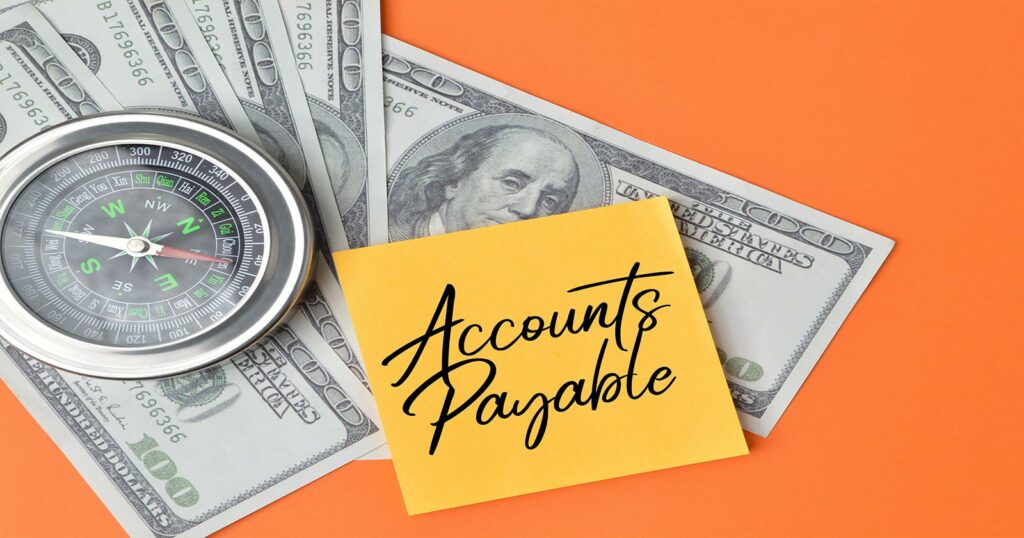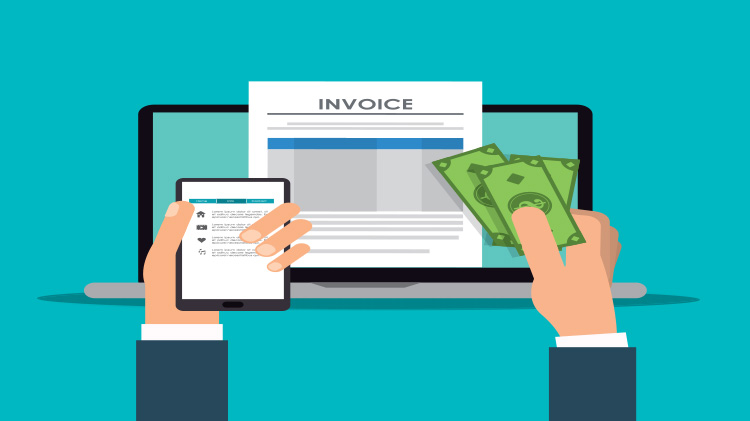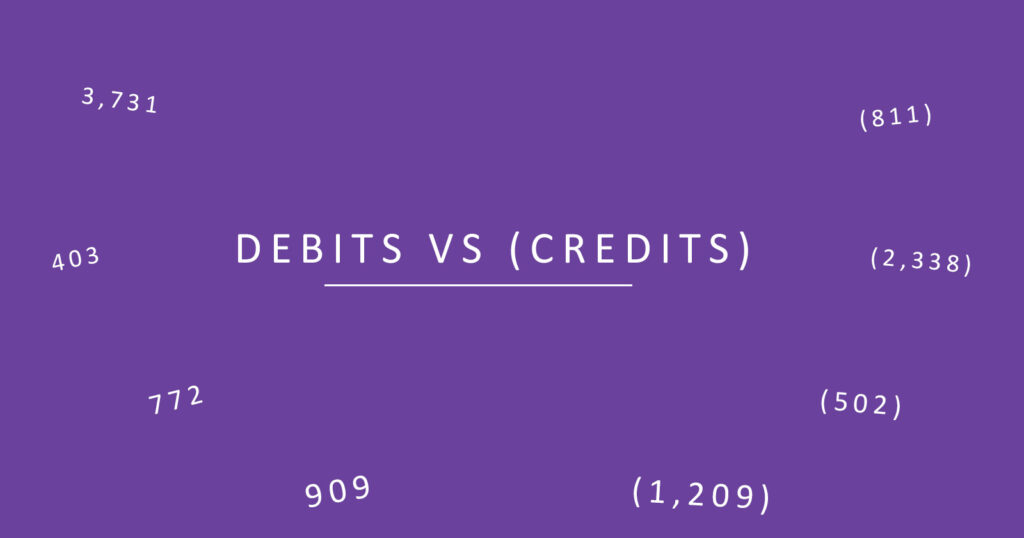As we make our way around exploring the balance sheet accounts, another one you will need to be familiar with when learning accounting skills is accounts payable. Accounts payable can have its own department in accounting and jobs. We’ll look at what accounts payables means, a definition and an example. The goal is to have a good grasp of accounts payable in just a few minutes. Let’s dive into it!

What Does Accounts Payable Mean? (Definition Explained)
Accounts payable (“AP”) are balance sheet accounts that represent the obligations of an entity to pay third-party vendors for services or supplies received. Unless a company pays cash, amounts due to vendors will be recorded in the accounts payable.
Accounts payable are for short-term obligations (up to 12 months) and are presented in the current liabilities of the balance sheet. Most of the time, a company will buy goods and services from suppliers and pay the amounts owed at a later date to improve or manage their cash flows.
Accounts Payable Debit or Credit
Accounts payable are part of liabilities of an entity which means they’re by nature credit accounts. An increase in obligations means the accountant needs to credit the accounts payable. When the obligations are settled, the accountant decreases the accounts payable by debiting the accounts.
How to Account for Accounts Payable
A journal entry always needs a debit and a credit side in order to balance. When an entity enters into an obligation with a vendor and decides to pay at a later date, the vendor will issue an invoice.
The entity will need to credit its accounts payable and debit an expense account related to the goods or services received. When the entity decides to settle its invoice with the vendor, the accounts payable need to be decreased by the settled amount. This is done by debiting the accounts payable and crediting the cash account, which means the cash balance has decreased in order to pay the vendor.
Read More:
What is Accrual Based Accounting? (Simple Explanation)
Accounts Payable Journal Entry (An AP Example)
Let’s break it down and look at Carl’s Construction Company (“CCC”). Imagine they get a $4,000 invoice for their past year’s audit fees on August 31, due within a month. CCC will credit $4,000 in the audit fees payable, which is part of the accounts payable in the current liabilities on the balance sheet.
At the same time, in order to offset this transaction, CCC also debits $4,000 in the audit fees expense account in the income statement. A month later, CCC pays the invoice to the auditors via bank transfer. In order to eliminate the accounts payable, CCC will debit $4,000 in the audit fees payable and credit $4,000 in the cash account.
To record the payable.
| Date | Account | Debit | Credit |
| August 31 | Audit fees expense | $4,000 | |
| Audit fees payable | $4,000 |
To clear the payable and reduce cash.
| Date | Account | Debit | Credit |
| September 30 | Audit fees payable | $4,000 | |
| Cash | $4,000 |
List of Accounts Payables
Often there can be a bunch of sub-accounts rolling up into accounts payable. Some popular types of accounts payable include:
- Inventory payable
- Legal fees payable
- Office supplies payable
- Administration fees payable
- Audit and accounting fees payable
Read More:
T Accounts: A Practical Example of Using Them
Accounts Payable vs Notes Payable (What’s the Difference?)

There can be a bit of confusion between accounts payable vs notes payable but we are going to set it straight. We have mentioned accounts payable is short-term obligations to vendors for goods or services but what are notes payable?
Notes payable are different because they are payback of a loan. Notes payable can have a current portion that is due in 12 months or less and a long-term portion due in over 12 months. Generally, notes payable are separated from accounts payable so stakeholders can see the remaining balance of the note and it is not comingled with accounts payable.
Let’s Recap Accounts Payable
We should have a better understanding of AP by now but let’s recap the highlights we covered.
- Accounts payable are short-term obligations of an entity generated by entering in an exchange of goods or services with a vendor
- They are a normal credit balance. Credits increase AP and debits decrease AP.
- Accounts payable are only payables due up to 12 months.
- AP is shown in current liabilities of the balance sheet.
Accounts Payable Meaning: Final Thoughts
Accounts payable are short-term obligations of an entity generated by entering in an exchange of goods or services with a vendor. They are credit-type accounts presented in the current liabilities on the balance sheet. If you get really good in AP, you can have a career in accounts payable alone. Though it is useful to learn AP, continue learning the rest of the balance sheet and income statement accounts. Don’t stop your knowledge here!



